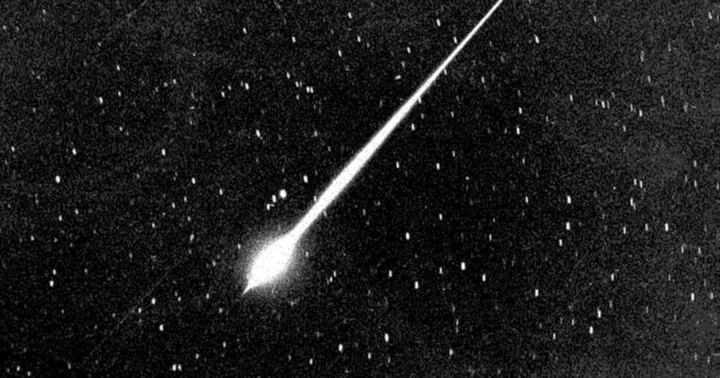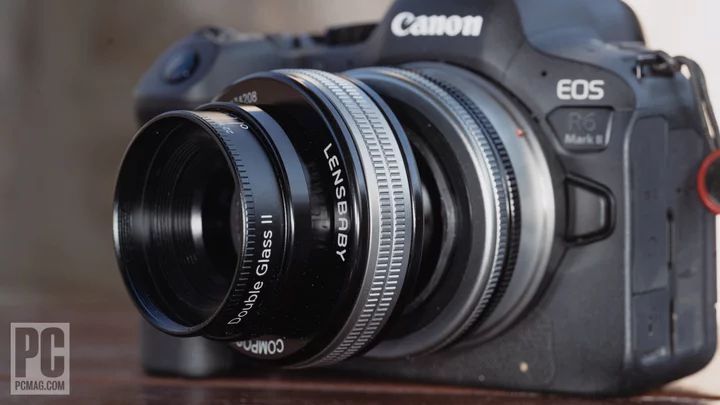The Perseid meteor shower is set to illuminate the night sky this week. It could be one of the most stunning spectacles of the year for astronomers, with up to 150 shooting stars blazing across the sky per hour.
The shower, which occurs every year in July and August, happens when the Earth is hit with debris left behind by comet 109P/Swift-Tuttle. The comet has not been spotted from Earth since 1992, and it will not be seen again until 2126. Due to its high activity and production of brilliant meteors, the shower is regarded as one of the best of the year. Fireballs, which are meteors that are extremely bright and have a lengthy train, are also highly likely to be seen during the event.
When to watch the Perseid meteor shower 2023?
The Perseid meteor shower will reach its peak on the nights of August 12 and 13. Astronomers estimate that spectators in the northern hemisphere will be able to see up to 50 meteors per hour, with the best viewing expected to occur a few hours before sunrise on Sunday morning.
Even though the dusty rock particles that make up the debris cloud are frequently no larger than a sand grain, when they enter the Earth's atmosphere and burn up, the strong heat and light that is emitted make a visible stripe against the night sky. They are called "Perseids" because the radiant—the point in the sky from where the meteors appear to come—lies in the constellation Perseus.
Peak time and where to see the meteor shower
On any given day, one can expect to observe about six random — or "sporadic" — meteors per hour from a chosen location on Earth. However, this rate of activity increases manifold when the Earth passes through a meteor shower like the Perseids. Physicist Professor Don Pollacco of the University of Warwick told Daily Express US, "The Perseid meteor shower is one of the richest and this year it occurs close to the New Moon on the evening of August 12. With the Moon not visible […] it is one of the best opportunities to see this particular shower. The shower is best seen on the morning of August 13, a few hours before sunrise."
"Observers on the west coast of North America and the eastern Pacific Ocean are particularly well-placed to see the Perseids," according to the Royal Astronomical Society of the UK. Additionally, they advise viewing the shower from a "dark sky site" far from the light pollution created by cities and towns to increase one's chances of getting a decent view.
Best way to experience the magic
UK’s Royal Astronomical Society said, "Unlike many astronomical events, meteor showers are easy to watch and no special equipment is needed. A meteor shower is best observed with the naked eye, and a reclining chair and a blanket make viewing much more comfortable." They added, "If clouds do make viewing impossible on the peak night itself, the shower will continue on subsequent nights, with likely reduced activity."
Prof Pollacco further said, "Setup outside maybe around 11 pm or later, with a reclining chair. Look eastward — but not directly at Perseus. You should see maybe a meteor every few minutes, and if you could track their paths back they would appear to all originate from Perseus." He added, "One interesting observation is seeing a meteor at the shower radiant. This is coming straight towards you!"









